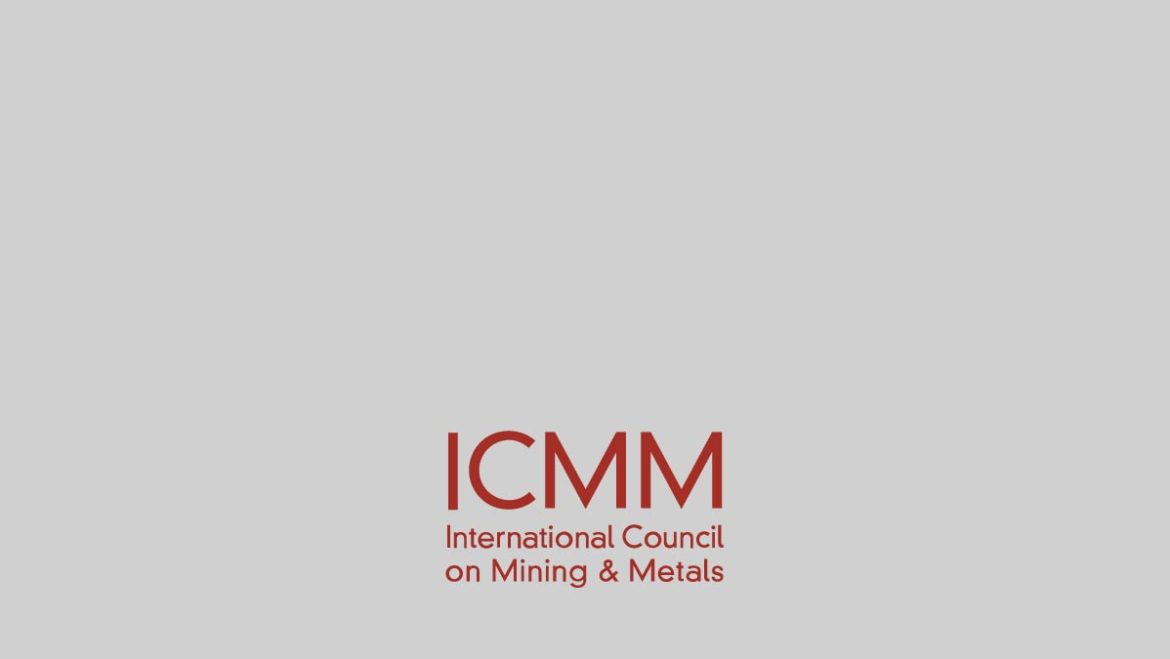Summary
The expansion of Vale’s Brucutu mine in Brazil’s Minas Gerais State brought with it a range of significant social and economic impacts. While the expansion was well handled from a technical perspective, failure to adequately manage these social and economic impacts –particularly relating to the large influx of work-seekers during the construction phase – led to resentment against the company. A collaborative action plan was developed for two of the most directly affected cities, resulting in stronger relations between the company and local stakeholders.
Context and challenge
Prior to the mine’s arrival, the economy of São Gonçalo do Rio Abaixo was primarily agricultural, with limited industrial infrastructure. When the mine began production, the city’s population expanded significantly, schools were refurbished and other civic works were undertaken such as the opening of a new cultural centre and the construction of a university campus. Neighbouring city Barão de Cocais also received a range of benefits from the presence of the mine, such as the creation of new jobs, technical training and hiring of young people. Additionally, development of local trade and the installation of a large automotive dealership (a supplier of Vale that moved to the city) were fostered by the company.
However, when the mine expanded there were a number of challenges that quickly led to deteriorating relations between the mine, local authorities and local communities. The most significant impacts related to the 6,000 men who arrived in Barão de Cocais to work on the construction of the project. Most of these men were lodged in the city and the sudden increase in population, although temporary, brought real challenges to the city’s infrastructure. For example, the motel in the city was adapted to house the workers and garages became dormitories. The population increase resulted in problems relating to health, transportation and safety services. The lack of dialogue between Vale (and its contractors) and the community increased difficulties.
Response
The company commissioned an economic impact study that provided a clearer picture of what had happened in the region. Using the study as a basis, the company decided to prepare an “investment plan” to support growth in Barão de Cocais. Meanwhile, during the planning process, the company realized that many of the suggested solutions involved investing in dialogue rather than large expenditures in infrastructure. This change in company attitude began with a process of raising employee awareness. A dedicated team was appointed to maintain a public dialogue with the community. This team took part in developing “joint solution groups”, comprising company representatives, local citizens and authorities. The groups debated the difficulties the cities were experiencing and sought viable solutions for the existing social impacts in the city.
Vale took responsibility for the overall impact resulting from the company’s arrival and operations. Several specialized studies were conducted to assess each issue arising in the meetings. Traffic problems caused by the increase in the number of vehicles from the company, for example, were mitigated with the help of outside consultants. These experts suggested actions such as switching the right of way of certain streets, relocating bus stops from certain points and changing the route used by trucks. The changes were implemented with funding from Vale.
Vale also worked with communities and authorities to help develop responses to problems that predated the mine’s arrival. For example, another study indicated that difficulties experienced in the local hospital pre-existed the mine’s arrival, and suggested solutions that needed to be adopted by the local government.
Outcomes
The company states that as a result of the Brucutu experience, it has changed the way it relates to communities, stating that it is now “committed to open dialogue, transparency and the search for joint solutions”. As an example of this new attitude, Vale points out that the design of construction of a tailings dam was changed in order to respond to local community concerns. In particular, the company reduced the number of houses that needed to be relocated, and put back the proposed date of the flooding of a local church in order to allow sufficient time to make a contingency plan in consultation with the community.
Sources:
Source: “Conversation is the key to understanding”, case study in Vale’s Sustainability Report, 2007.

